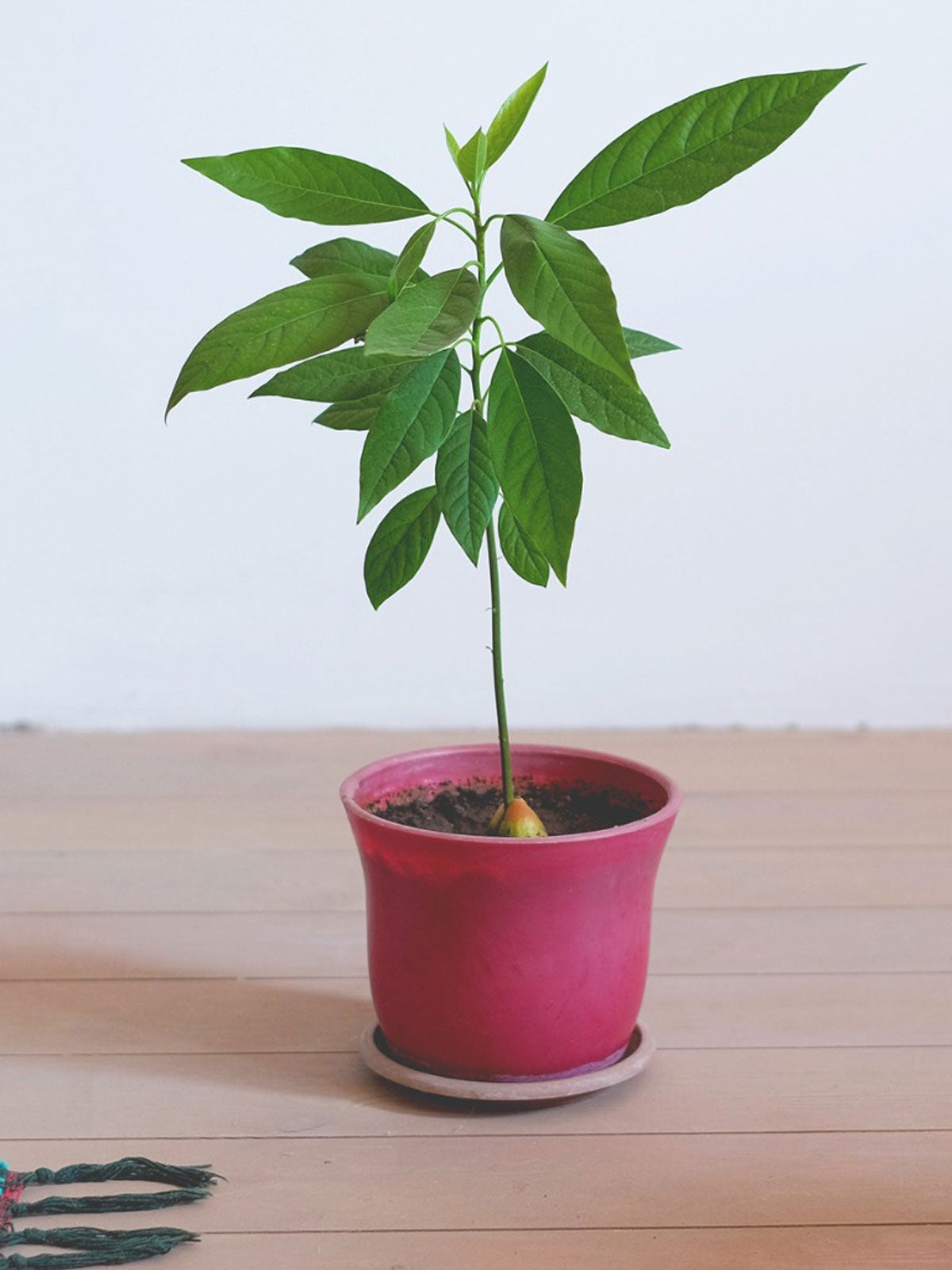Repotting An Avocado: How And When To Repot An Avocado Tree


Starting an avocado houseplant is rewarding, and for a long time the seedling may be happy in its new home. However, there comes a time when the roots outgrow the pot, and you have to start thinking about avocado repotting. It is at this point that the question, “how to repot an avocado” may arise. Read on for all the tips you need to do an expert job at repotting an avocado.
Avocado Repotting Tips
When to repot an avocado? Most indoor plants don’t need a new container every year. The first step in learning how to repot an avocado is to determine whether it is time for avocado repotting. This requires you to ease the plant’s root ball from the pot.
If the pot is plastic, tip it upside down with your hand over the soil. With the other hand, squeeze the pot several times to loosen the soil/container connection. Use a dull knife around the inside of the pot if necessary. When it slides out, see if it is rootbound. More roots than soil means it’s time to repot.
The best time of the year to start repotting an avocado is the springtime. Do the root check in spring, then be prepared to move the plant to a new home, if necessary.
Humans might like moving from a small studio to a big mansion in one fell swoop. Plants don’t though. Select a new pot for your rootbound avocado that is only a few inches (8 cm.) bigger than the prior one in diameter and depth.
Select a pot with good drainage holes. Avocados will not be happy plants for long if they end up in standing water.
How to Repot an Avocado
Take a closer look at the roots. If they need help, untangle them gently and clip away any parts that are rotting or dead.
Sign up for the Gardening Know How newsletter today and receive a free copy of our e-book "How to Grow Delicious Tomatoes".
Use the same type of soil to repot your plant that you used to pot it up in the first place. Toss a thin layer in the bottom of the pot, then place the avocado root ball on top of the new soil and fill in around the sides with more of the same.
Tuck dirt in the sides until they are at the same level as the original dirt. This usually means that a part of the seed stays above the surface of the soil.

Teo Spengler is a master gardener and a docent at the San Francisco Botanical Garden, where she hosts public tours. She has studied horticulture and written about nature, trees, plants, and gardening for more than two decades, following a career as an attorney and legal writer. Her extended family includes some 30 houseplants and hundreds of outdoor plants, including 250 trees, which are her main passion. Spengler currently splits her life between San Francisco and the French Basque Country, though she was raised in Alaska, giving her experience of gardening in a range of climates.